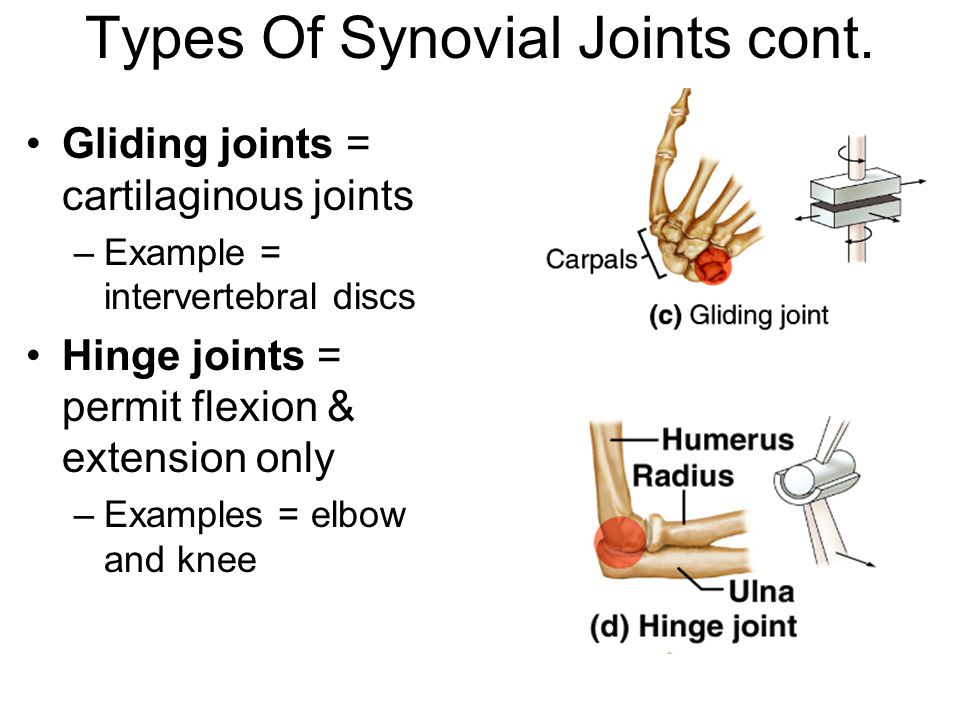Synovial Gliding Joint Examples, Joints Of The Skeletal System Ppt Download
Synovial gliding joint examples Indeed lately has been sought by consumers around us, maybe one of you personally. Individuals are now accustomed to using the net in gadgets to view image and video data for inspiration, and according to the title of this article I will discuss about Synovial Gliding Joint Examples.
- Synovial Joint Diarthrosis Definition Types Structure Examples
- Plane Joint Radiology Reference Article Radiopaedia Org
- Types Of Joints Synovial Cartilaginous Fibrous Explained
- Synovial Joints
- Synovial Joint Wikipedia
- Http Ksumsc Com Download Center Archive 1st 438 2 20musculoskeletal 20block Team 20work Anatomy Lecture 20 282 29 20joints Pdf
Find, Read, And Discover Synovial Gliding Joint Examples, Such Us:
- Joint Definition Anatomy Movement Types Britannica
- Study Notes
- Level 2 Exercise And Fitness Knowledge 4 Joints Amac Training
- Chapter 8 Joints Of The Skeletal System
- 29 3 Joints And Skeletal Movement Texas Gateway
If you re searching for Function Peripheral Nervous System Chart you've come to the perfect place. We have 104 graphics about function peripheral nervous system chart including pictures, photos, photographs, backgrounds, and more. In such web page, we also provide variety of images available. Such as png, jpg, animated gifs, pic art, logo, blackandwhite, translucent, etc.
Movement at synovial joints.

Function peripheral nervous system chart. The wide range of movement allowed by synovial joints produces different types of movements. The six types of synovial joints are pivot hinge condyloid saddle plane and ball and socket joints figure 943figure 943 types of synovial joints. Uniaxial joint the cylindrical end of one bone conforms to a trough shaped surface on another.
Types of synovial joints. As shown on this illustration the six types of synovial joints include the pivot hinge saddle plane condyloid and ball and socket jointsthese joints are found throughout the body. A symphysis fibrocartilaginous joint is a joint in which the body physis of one bone meets the body of another.
Synovial membrane lining the capsule produces the oily synovial fluid that lubricates the joint and reduces friction and wear. Synovial joints are capable of the greatest movement of the three structural joint types. Plane joint structure formed between two bones that is characterized by flat or nearly flat articular surfaces enabling the free surfaces of the bones to slide over each other.
Motion is along a single plane and resembles that of a mechanical hinge. The most common and most movable type of joint in the body of a mammal. Diarthroses are joints that allow for free movement of the joint as in synovial joints.
The articulating surfaces of the plane joint are usually flat to allow slipping and gliding properties. Gliding does not involve rotation around any axis and gliding joints are the only examples of nonaxial plane joints. However the more mobile a joint the weaker the joint.
As compared to a hinge or gliding joint a saddle joint provides more flexibility and stability to the bones. Synovial joints are the only joints that have a space or synovial cavity in the joint. Gliding angular rotational or special movement.
The six types of synovial joints allow the body to move in a variety of ways. Examples include the carpals of the wrist and the acromioclavicular joint. The short lived suture between the two halves of the mandible is called the symphysis menti from the latin mentum.
Joint joint symphyses. There are many different classes of synovial joints in the body including gliding hinge saddle and ball and socket joints. The movement of synovial joints can be classified as one of four different types.
It is one of the five types of synovial joints in the human skeletal system. Synovial joints are subdivided based on the shapes of the articulating surfaces of the bones that form each joint. It is also known as a sellar joint as bones meeting at the joint form an x shape.
All but two of the symphyses lie in the vertebral spinal column and all but one contain fibrocartilage as a constituent tissue.
More From Function Peripheral Nervous System Chart
- Nervous System Parts And Functions For Grade 6
- Diseases Of The Endocrine System List
- Hinge Joint Tagalog Meaning
- Hinge Ball And Socket And Pivot Joints
- Musculoskeletal System Medical Terminology
Incoming Search Terms:
- Ppt The Skeleton The Types Of Joints And Movement Powerpoint Presentation Id 4596020 Musculoskeletal System Medical Terminology,
- Joints S Cool The Revision Website Musculoskeletal System Medical Terminology,
- Gliding Joint Definition Of Gliding Joint By Medical Dictionary Musculoskeletal System Medical Terminology,
- Synovial Joints And Special Movements Proprofs Quiz Musculoskeletal System Medical Terminology,
- Types Of Synovial Joints Biology For Majors Ii Musculoskeletal System Medical Terminology,
- Types Of Joints Synovial Cartilaginous Fibrous Explained Musculoskeletal System Medical Terminology,







